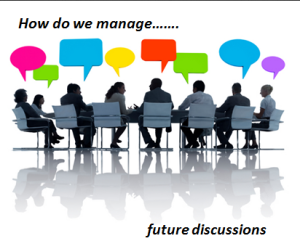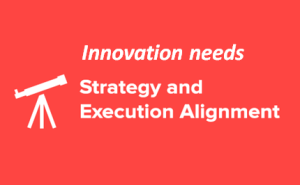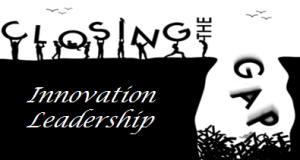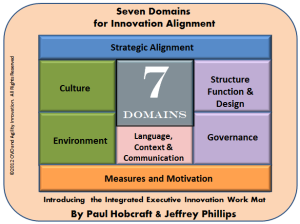 As innovation becomes a more consistent requirement rather than an occasional exercise, it must align to strategic goals and become part of the planning and execution cycle in more aligned ways.
As innovation becomes a more consistent requirement rather than an occasional exercise, it must align to strategic goals and become part of the planning and execution cycle in more aligned ways.
An increased focus on innovation as a consistent discipline requires significant reflection on what needs changing, what impact this change will have and how do we proceed to implement it. This requires senior management attention because of the significant organisational impact.
The leadership within an organisation provide the linkage into the strategy, provide the framework and set this in the context of the vision and goals needed to be achieved. You, as the innovator, seek out the synergies between strategy and innovation, between innovation and capabilities, between culture, the environment, the process, structure and routines and how it all should be governed.
The compelling value is in having an integrated innovation framework
Continue reading “Making a compelling business case for an integrated innovation framework”




